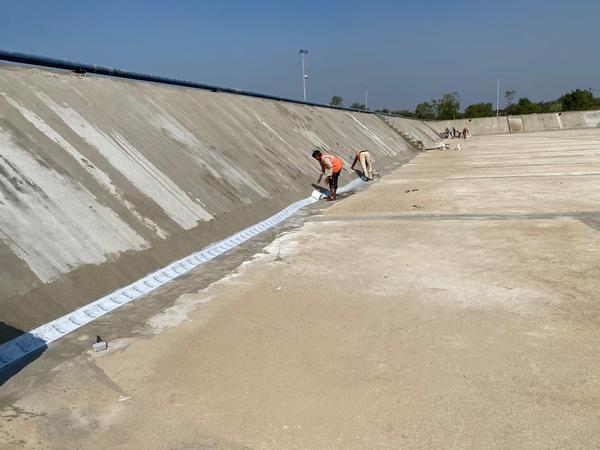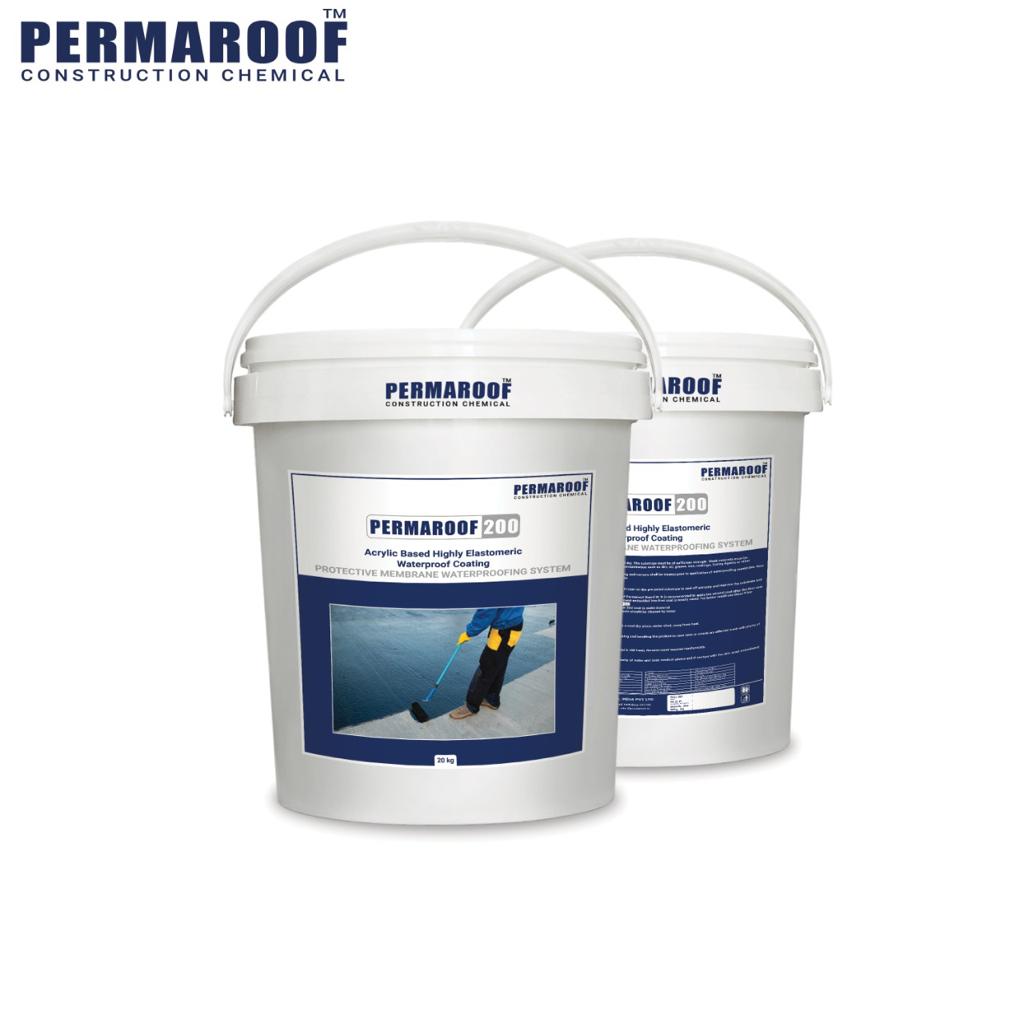

A "black membrane waterproof coating" refers to a type of waterproofing material or membrane that is black or dark in color and is designed to create a waterproof barrier on various surfaces, such as roofs, foundations, basements, or walls. These coatings are typically used to prevent water infiltration, protect structures from moisture damage, and provide an effective solution for keeping buildings and structures dry. Here are some key features and uses of black membrane waterproof coatings: Waterproofing: Black membrane coatings are primarily used for waterproofing applications. They create a waterproof layer that prevents water, moisture, and humidity from penetrating the underlying substrate. This is crucial for protecting structures from leaks, water damage, and mold growth. Material Types: Black waterproof membranes can be made from various materials, including: Bitumen or Asphalt-Based Membranes: These are popular for flat roofs and are made from bitumen, a sticky, viscous material. They are often combined with fiberglass or polyester reinforcement. EPDM (Ethylene Propylene Diene Monomer) Rubber: Black EPDM membranes are known for their durability and flexibility, making them suitable for various applications, including flat roofs. Modified Bitumen Membranes: These combine bitumen with additional materials, such as SBS (styrene-butadiene-styrene) or APP (atactic polypropylene), to enhance performance and flexibility. Liquid-Applied Membranes: Some liquid-applied waterproof coatings, when cured, can appear black and are used to protect a variety of surfaces. Roofing: Black waterproof membranes are commonly used in roofing applications, especially for low-slope or flat roofs. They provide effective protection against water and can be applied as a continuous, seamless layer on the roof substrate. Foundations and Basements: Black waterproofing coatings are also used to protect below-grade areas, such as foundations and basements, from groundwater infiltration. They are applied to the exterior or interior surfaces to prevent water from seeping in and causing structural damage or flooding. Reflectivity: Unlike white reflective roofing membranes, black membranes tend to absorb more heat from the sun due to their dark color. This can lead to increased indoor temperatures in warm climates. Maintenance: Regular inspections and maintenance are essential to ensure the effectiveness and longevity of black membrane waterproof coatings. Damaged or deteriorating areas should be repaired promptly to maintain their waterproofing properties. When choosing a black membrane waterproof coating for a specific project, it's important to consider factors such as the type of substrate, climate conditions, and the specific requirements of the application. Consult with a waterproofing or roofing professional to select the most suitable material and method for your waterproofing needs.
Keywords
Subscribe for latest offers & updates
We hate spam too.


